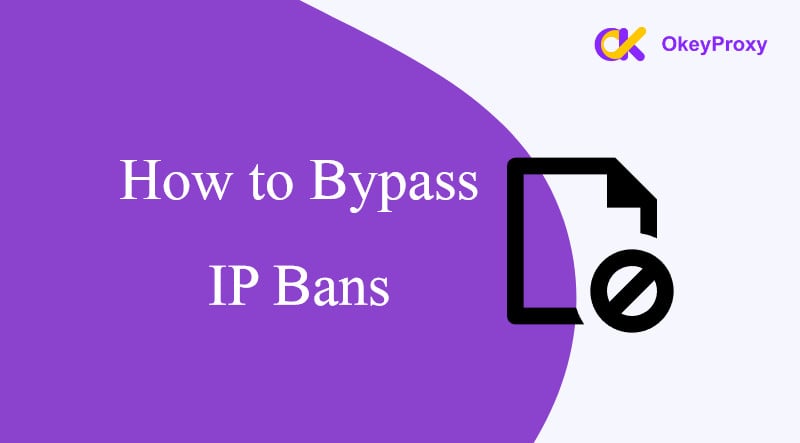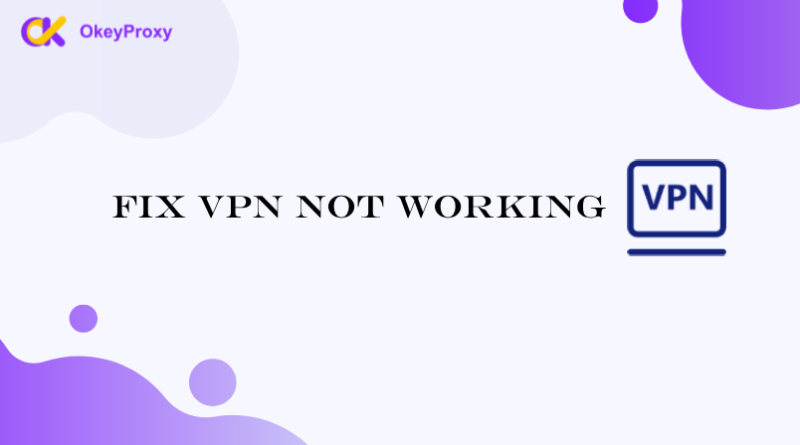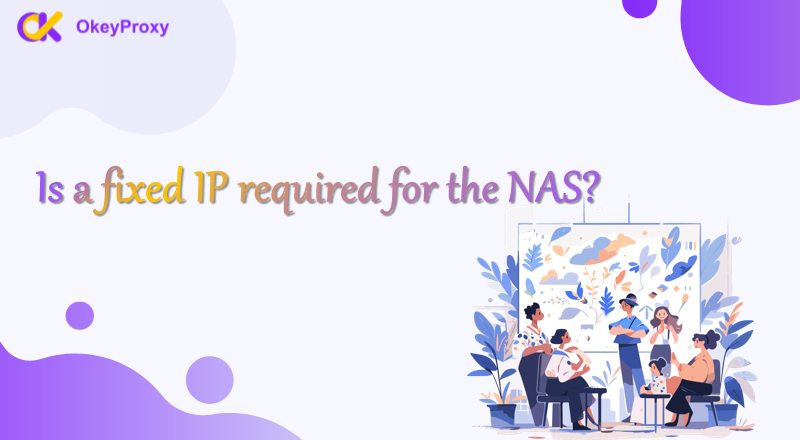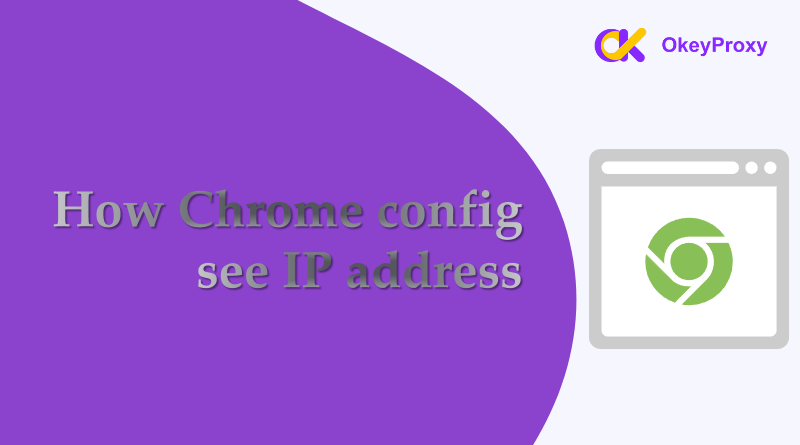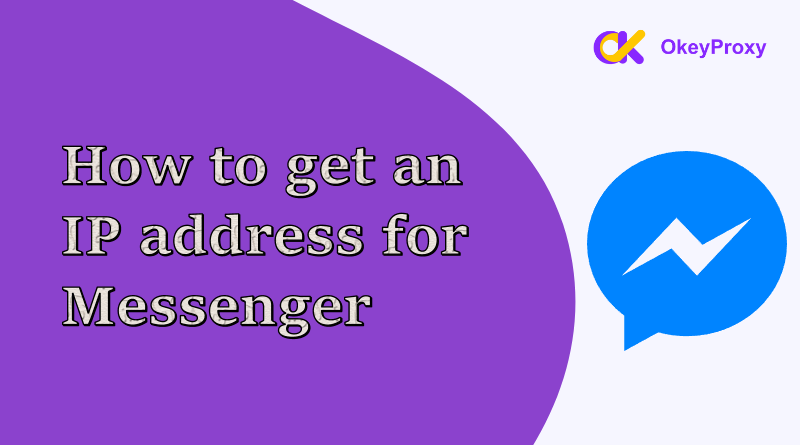IP bans are increasingly used by websites and services to restrict access based on your IP address. Whether due to violations of terms of service, geographical restrictions, or automated detection systems, an IP ban can be frustrating. In this guide, we will explore creative and effective methods to bypass IP bans, offering unique strategies to regain access and maintain your online activities.
Why IP Bans Happen
What is IP ban meaning? How does IP ban work? An IP ban is when a website or service blocks a specific IP address from accessing it. This usually happens to stop someone from causing trouble, like spamming or trying to hack into the site. So, if your IP address gets banned, you won’t be able to access that site or service anymore. It’s like getting kicked out of a party because of bad behavior.
IP bans happen for a few common reasons:
- Security IssuesIf someone’s using an IP address to try and hack into a site or cause other security problems, that IP can get banned to protect the site.
- Abuse or SpamIf an IP address is sending too many spam messages, posting inappropriate content, or abusing the site’s services, it might get banned to keep things clean and friendly.
- Policy ViolationsSometimes, if someone’s breaking the rules of a site or service, their IP address might be banned as a way to enforce those rules.
- Geographical RestrictionsSome sites ban IP addresses from certain countries or regions, either because they don’t want to offer services there or because of legal reasons.
Basically, IP bans are a way to manage and protect online spaces by keeping troublemakers out.
Verify If the IP Address is Blocked
“Is my iP banned?”
Sometimes, people was confused about how to check if the IP address has been blocked or not. To check if your IP has been banned, you can use several methods:
- Use Online CheckersVisit websites that offer IP blacklist checking services. Some popular ones include WhatIsMyIPAddress, MXToolbox and IPVoid.
- Ping TestTry pinging the server or website you’re having trouble accessing. If you receive a timeout or no response, your IP might be blocked.Open Command Prompt(Windows) or Terminal(Mac/Linux) and type
ping [server address]. - Check with the Website/ServiceIf you suspect you’re blocked from a specific website or service, contact their support team.They may be able to confirm if your IP is blocked and provide guidance on how to resolve the issue.
- Browser Error MessagesSometimes, error messages in your browser can indicate if your IP is blocked. Look for messages like “403 Forbidden”, “Connection Timed Out” or “Access Denied.”
- Review Router LogsIf you have access to your router’s logs, the method of verification is so easy.Firstly, log into your router’s admin panel (usually via a web browser). After that, navigate to the logs or status section and check for any indications that your IP address has been blocked or flagged.
Types of IP Bans
- Temporary Bans: Last for a set period and then automatically lift.
- Permanent Bans: Remain in effect indefinitely until manually removed.
- Geographic Bans: Restrict access based on the geographical location of the IP address.
If you find that your IP is blocked, you may need to request unblocking from the affected service or website, or take appropriate actions to bypass the IP ban, as detailed in the measures below!
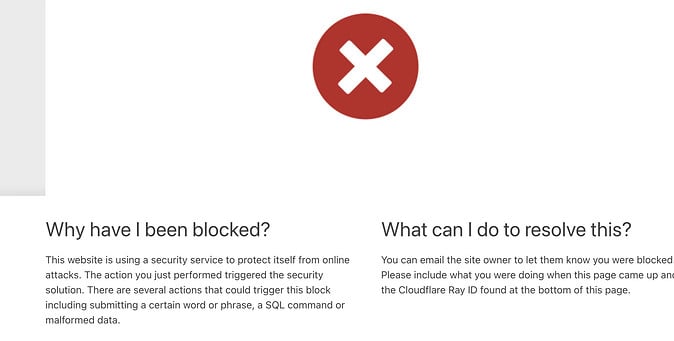
Solution: Dynamic IP Addressing – Changing IP with Ease
Dynamic IP addressing involves frequently changing IP address to circumvent bans. ISPs (Internet Service Providers) often provide dynamic IPs that can be reset periodically.
How It Works
By restarting your router or modem, you can get a new IP address from your ISP’s pool of available addresses.
Step-by-Step Guide
- Restart Your Router/Modem: Unplug the device, wait for 30 seconds, then plug it back in.
- Verify IP Change: Use an IP checker tool to confirm your new IP address.
Benefits and Drawbacks
- Benefits: Simple to execute, often effective for temporary bans.
- Drawbacks: May not work for persistent bans or if the ISP uses sticky IP addresses.
Solution: Proxy Servers – Conceal IP with Intermediaries
Proxy servers act as intermediaries between your device and the internet, allowing you to use a different IP address provided by the proxy server.
Types of Proxies
- HTTP Proxies: For web browsing.
- SOCKS Proxies: For a wider range of internet traffic.
Related Knowledge: HTTP Proxy VS. SOCKS Proxy
How to Use
- Choose a Proxy Service: Opt for a reliable provider, such as OkeyProxy.
- Configure the Proxy: Input proxy details into your browser or system settings.
- Check IP Address: Ensure your IP has changed using an IP checker tool.
Benefits and Drawbacks
- Benefits: Provides anonymity, access to content from different locations and manage multiple accounts.
- Drawbacks: Speed can be affected; free proxies may have security issues.
Test a Ideal Option to Avoid IP Ban

OkeyProxy is a leading proxies services provider, which supports HTTP and SOCKS protocols with high speed and quality.
- 150M+ Real Residential IPs, Covering 200+ Countries
- Supports City Targeting, ISP Targeting
- Supports IP extracting Through API
- Supports all devices: Windows, IOS, Android, Linux
- Supports All Use Cases: Antidetect Browser, Emulator, Scraper etc.
Solution: Virtual Private Networks (VPNs) – Secure Access
A VPN encrypts your internet traffic and routes it through a remote server, changing your IP address and enhancing privacy.
How It Works
When connected to a VPN server, your traffic appears to come from the VPN server’s IP address, not your own.
Step-by-Step Guide
- Select a VPN Provider: Choose a service with a broad server network.
- Install and Connect: Set up the VPN software and connect to a server.
- Verify IP Address: Use an IP checker to confirm the change.
Benefits and Drawbacks
- Benefits: High level of anonymity, access to global content.
- Drawbacks: Subscription cost, potential impact on internet speed.
Solution: Tor Network – Achieve High Anonymity
The Tor network provides strong anonymity by routing your internet traffic through a series of volunteer-operated servers.
How It Works
Tor encrypts and routes your traffic through multiple nodes, each changing your IP address, ensuring your original IP remains hidden.
Step-by-Step Guide
- Download Tor Browser: Get it from the official Tor Project website.
- Connect to the Network: Launch Tor Browser to connect to the Tor network.
- Verify Your IP: Check your IP address to confirm it has changed.
Benefits and Drawbacks
- Benefits: High anonymity, strong privacy protections.
- Drawbacks: Can be slower due to multiple routing layers, complex setup.
Solution: Request an IP Change from ISP – Direct Approach
Requesting an IP address change directly from your ISP can be an effective solution if other methods fail.
How It Works
Your ISP can assign a new IP address upon request, bypassing the ban.
Step-by-Step Guide
- Contact Your ISP: Reach out via phone or email.
- Request IP Change: Explain the need for a new IP address.
- Follow Instructions: Adhere to any additional steps required by your ISP.
Benefits and Drawbacks
- Benefits: Direct solution, often effective for persistent bans.
- Drawbacks: May not be available for all ISPs, potential wait time.
Comparison Table: Choosing the Best Way to Anti IP Ban
| Method | Effectiveness | Privacy Level | Ease of Use | Speed | Cost |
|---|---|---|---|---|---|
| Dynamic IP Addressing | Medium | Low | High | Fast | Free |
| Proxy Servers | Very High | Medium | Moderate | Variable | Varies |
| VPNs | High | High | Easy | Moderate | Subscription |
| Tor Network | High | Very High | Complex | Slow | Free |
| ISP Request | Medium | Low | Easy | Fast | Free |
Summary
Bypassing an IP ban can be approached through various innovative methods. Whether you choose dynamic IP addressing, proxy servers, VPN services, Tor, or directly request an IP change from your ISP, each strategy has its strengths and limitations. Your choice should depend on the nature of the ban, your privacy needs, and the urgency of regaining access.
For more insights on digital privacy and bypassing restrictions, follow our blog and share this guide with others who may benefit from it!

